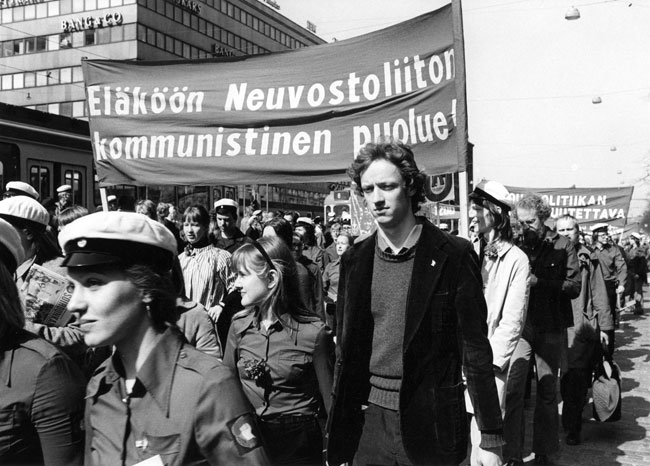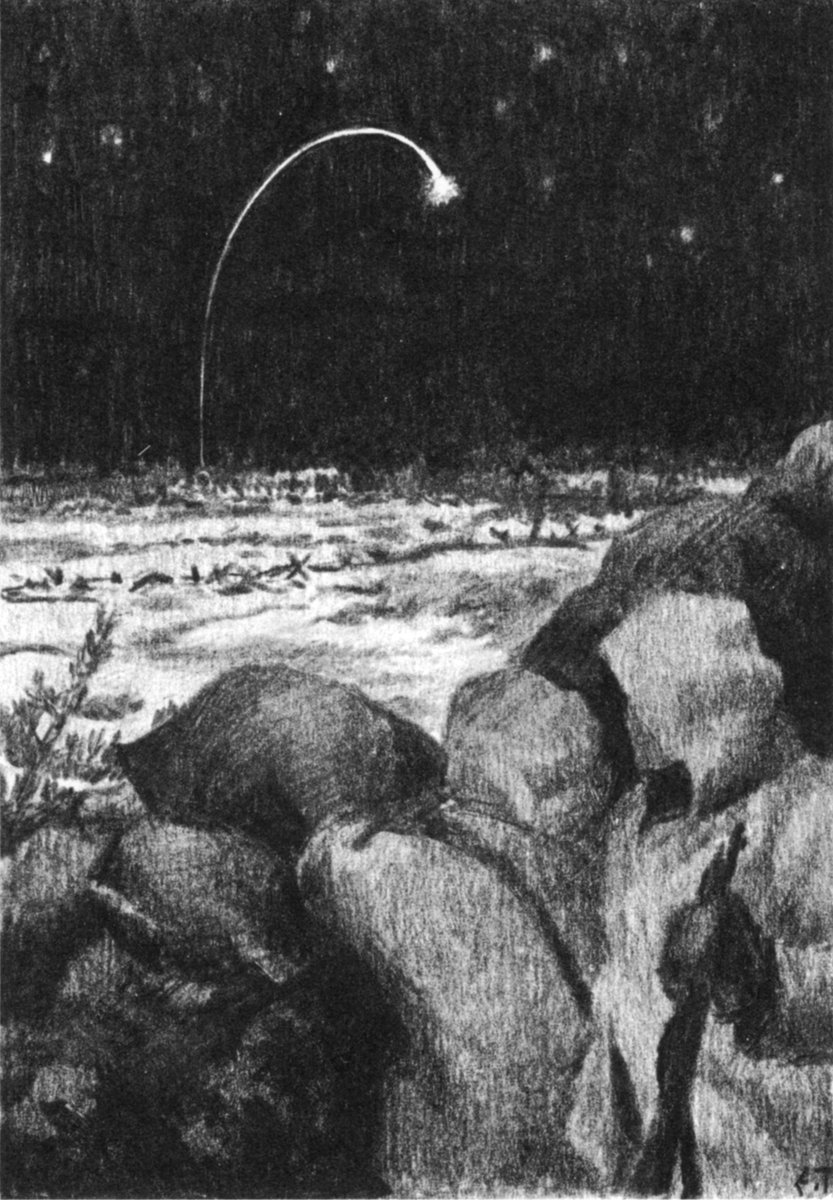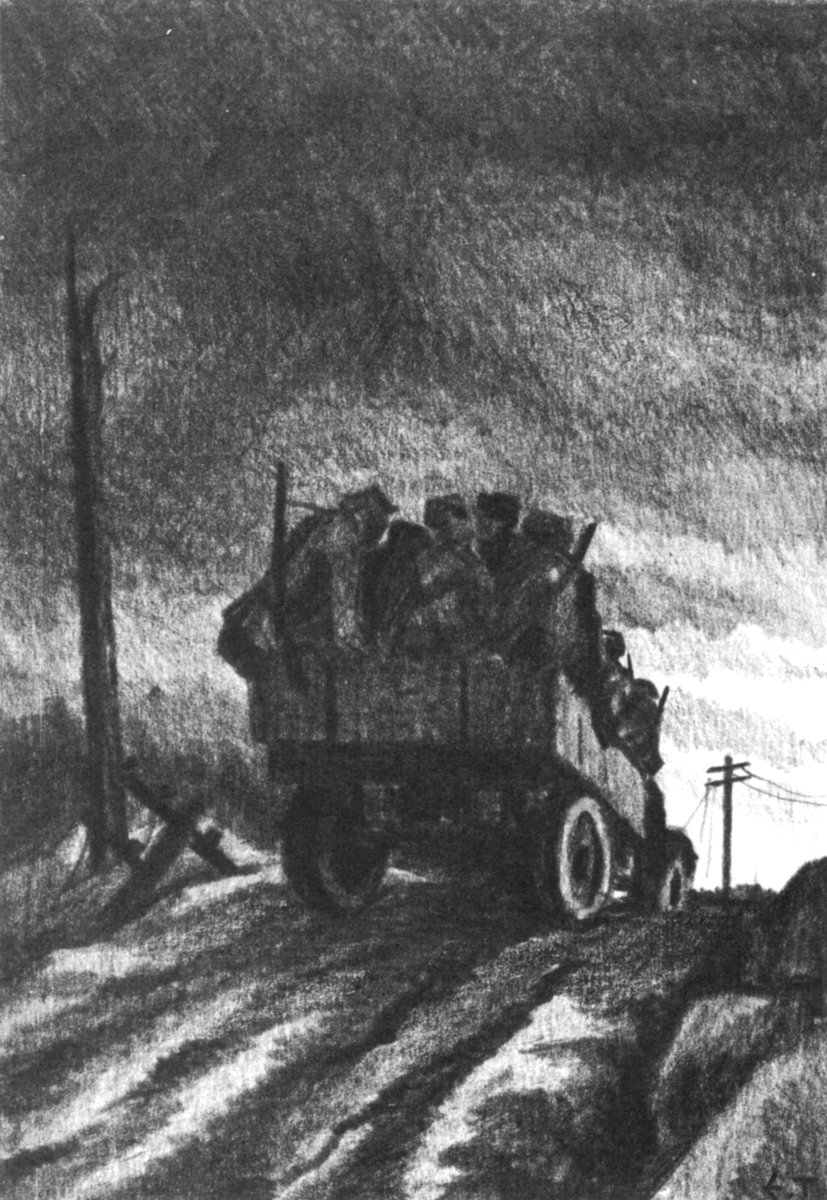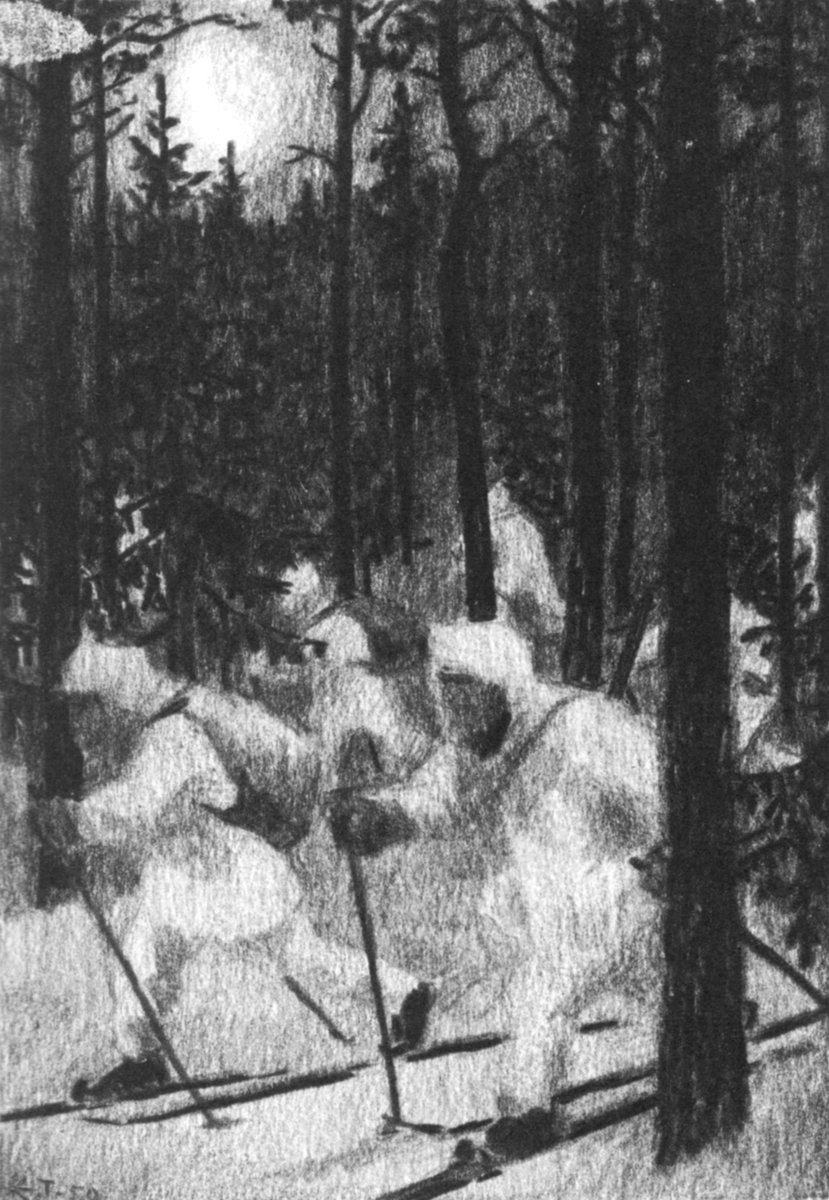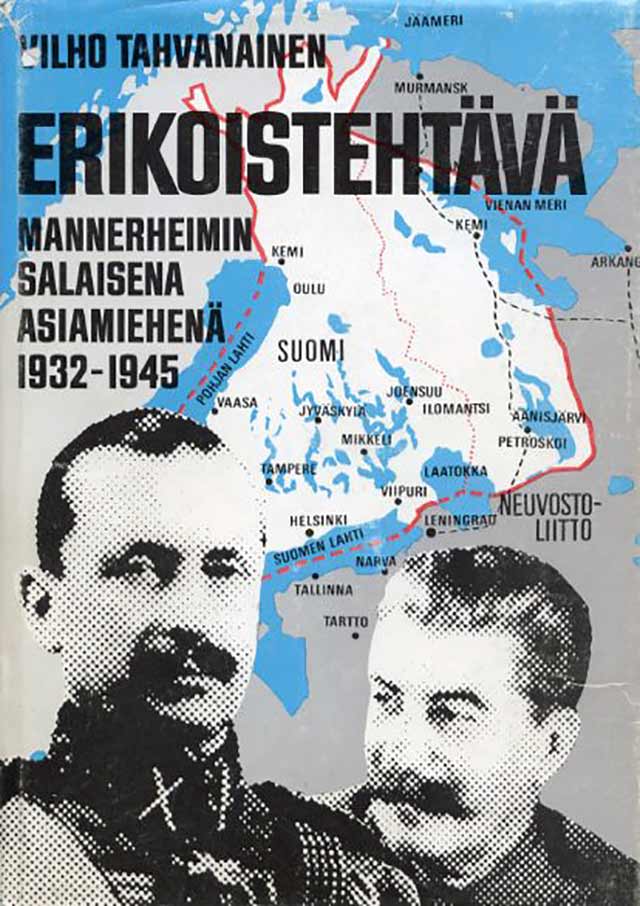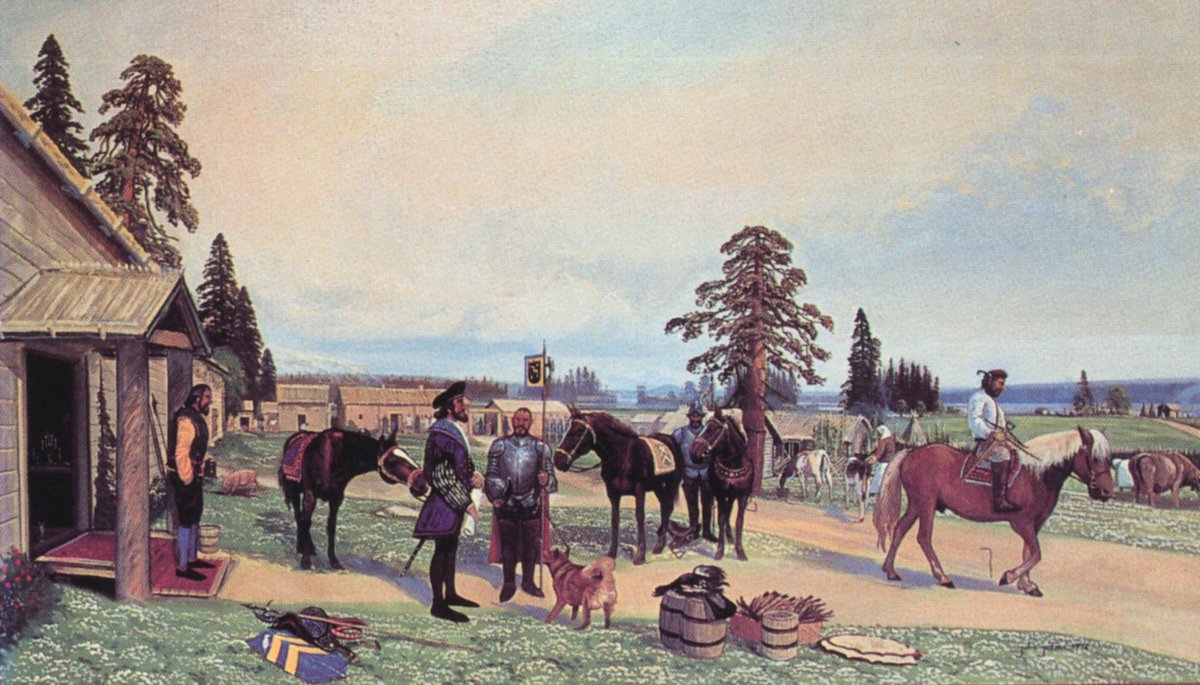
ARE FINNS MONGOLS? Thread on the history of Finnish Turanism and racial theories in the modern era. 1/24 

One might often stumble upon old ethnographic maps where Finns are part of the Mongoloid/Turanic race. This theory greatly influenced foreigners' perception of Finns in the 19th & 20th centuries, but where did it come from and did the Finns really think of themselves as Asians? 2 

Finns weren’t always seen as Mongols. In the late medieval era Gothicist historians traced the origin of Finns to the Bible or to ancient peoples like the Sarmatians and Vends. This Rudbeckianism peaked in Daniel Juslenius’ theories about the Israelite origins of Finns. 3 





One theory which persisted in the university of Turku into the 19th century, was the Scythian origin of Finns. Already in the 17th century, scientists saw commonalities between Hungarian and Finnish languages and concluded that their shared ancestors must have been steppe peoples 





From the late 18th century onwards, developments in comparative linguistics led to not only the discovery of the Indo-European language family but also the Finno-Ugrics – at first called Scythians by Rasmus Rask, these peoples would be classified as Turanians by later scientists. 

“Turanic” meant originally central Asians but in the 19th century anthropology the term was used very loosely, sometimes Turanians were a sub-group of Caucasians, often they were Mongols or an intermediary race between the two. 6 

In the influential theories of Anders Retzius, the brachycephalic Turanians were the primitive proto-Europeans that had been subdued by the superior dolichocephalic Aryans. Turanic traits were found in peoples like the Finns, the Basques and Celts who were deemed less Aryan. 7 





Due to craniology and their language, Finns were counted into the mongoloid race. While this view was challenged in academic discourse, it was adopted by racialists and became part of pop culture to the point that Finnish ancestry would be frowned upon.




https://twitter.com/armas_aallontie/status/1541036952337661954




Although Finns were dismissive of these theories because of their own placement in the racial hierarchy, some found the Turanians inspiring and since the late 18th century, there had been increased interest in Finnish academia to research the Uralic peoples of Russia. 9 



By far the most influential man on this field was M.A. Castrén who made two expeditions into Siberia in search of the Finnish roots and through his research of the Samoyedic peoples, developed a theory of a common Uralic and Turkic urheimat in the Altai mountains. 10 



Castrén had originally wanted to disprove the Mongol theory and was opposed to racial groupings on the basis of language because of the phenotypic differences between the Uralo-Altaic speakers but came to the conclusion that it couldn’t be done with the linguistics of his time. 





Castrén’s Turanism had certain political goals and he even expressed privately that in order to achieve their independence, Finns needed to prepare for an armed uprising and make common cause with the Turkic peoples against Russian Imperialism. 12 

Asian origin theories became largely accepted in the Fennoman movement; historian Yrjö-Koskinen wrote about the great past of the Turanians in Mesopotamia while D.E.D Europeaus wrote that Finns came from China. 13 



The Altaic theory was most popular in the 1840s-50s: During the Crimean War, Zachris Topelius, who himself had written about pan-Uralic unity, was attacked by Fennomans for siding with Russia and for “attacking their Turkish racial brethren”. 14 



But theories of Asian origin never defined Finnish nationhood as much as belonging to Christendom did, as evidenced by the later Finnish contributions in the Russo-Turkish War of 1877. Though there was some Turkophilia present in Finnish society.
https://twitter.com/armas_aallontie/status/1367125577765965825
However, when the language strife intensified in Finland, the Turanic theory began to become inconvenient for the Fennomans because the Svecomans used Nordicist theories to support Swedish minority rule over the "racially inferior" Finns. 16 



Fennomans like Snellman thus tended to focus on language instead of race and many Finnish intellectuals fought tooth and nail to debunk theories of their inferiority, especially during the Russification periods when Finland tried to gather foreign sympathy from the West. 17 



Orientalism still motivated Finnish explorers like G.J.Ramstedt who studied Mongols and Kai Donner who followed Castrén’s footsteps in Siberia but they rejected the Altaic theory in favor of a larger Nostratic language family or saw no racial similarities between Finns & Asians. 

While there was sympathy among Finnish nationalists for the anti-Russian struggles of Japan and the Turkic peoples in the 20th century, these alliances were based more on shared political goals than feelings of racial kinship. This topic deserves a thread of its own. 19 

During the interwar era, Turanism wasn’t very popular in radical nationalist circles like the Academic Karelia Society, but it still inspired some, as evidenced by a poem by AKS member Matti Kuusi where he calls for the spirit of Genghis Khan to lead the Finno-Ugrics to victory. 



The Mongol theory became obsolete with further anthropological research in Finland and the discovery of further European subraces. A breakthrough in this regard was the classification of Finns as blonde East Baltids which seemed to debunk the Mongol meme. 21 





While the negative connotation of Finnish mongols remained prevalent into the 60s in Scandinavian textbooks, Turanism has been quite unknown to vast majority of Finns, never having reached the popularity that it enjoys in Hungary. 22
PS. Although mongoloid racial theories and phenotypical research were unpopular in the West after WW2, they enjoyed support behind the Iron Curtain well into the 1970s. Estonian anthropologist Karin Mark even mapped each Finno-Ugric people on the basis of a “Mongol Index”. 23 

In conclusion, Finnish anthropological ideas have followed political currents. The young national movement embraced otherness at the start of the 19th century but by the 20th, Finns could call themselves “the Whitest Race in Europe”. 24/24 



• • •
Missing some Tweet in this thread? You can try to
force a refresh









